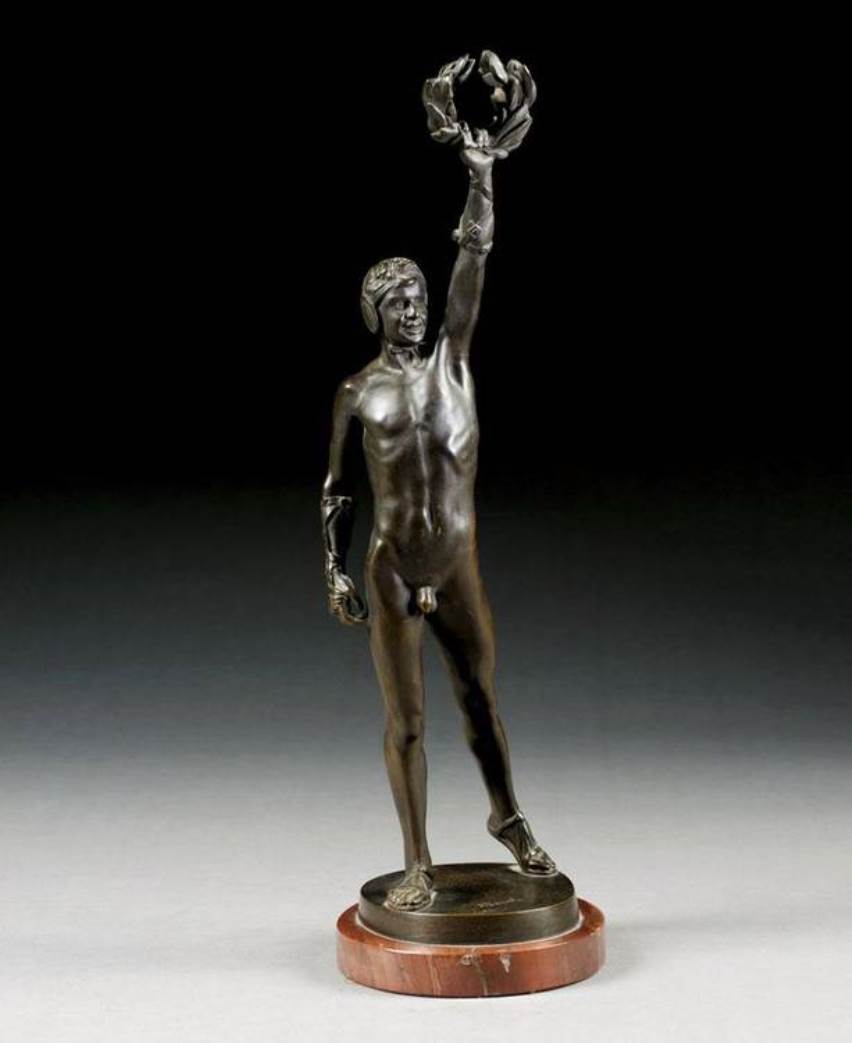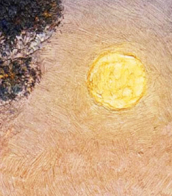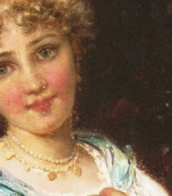генрих баукке (1875 - 1915)

Heinrich Baucke was a German sculptor renowned for his neo-baroque masterpieces, flourishing at the turn of the 20th century. Born in Düsseldorf on April 15, 1875, Baucke dedicated his life to the creation of statues and memorials that captured the nobility and distinguished figures of his time.
Trained at the Kunstakademie Düsseldorf under the tutelage of Karl Janssen from 1891 to 1900, Baucke's sculptures won him first prizes in competitions, solidifying his reputation as a preeminent artist. His works, primarily in bronze, are celebrated for their intricate detail and evocative presence. One of his earliest successes, "The Victorious Boxer" created in 1897, today stands in the Kunsthalle Düsseldorf, a testament to his skill and artistic vision.
Baucke's creations are not just pieces of art; they are historical dialogues in metal, with works like the bust of German Emperor Wilhelm I and the statue of King Friedrich I adorning public spaces, bridging the past with the present. His death on April 12 or 13, 1915, in Ratingen, marked the end of an era for German neo-baroque sculpture.
For collectors and art historians, Baucke's works offer a glimpse into the neo-baroque sensibilities of a bygone era. His sculptures, which often graced public spaces and exhibitions, now hold a place of honor in galleries and are sought after in auctions for their historical and artistic value.
Explore the legacy of Heinrich Baucke by signing up for our newsletter, and seize the opportunity to collect pieces from one of the neo-baroque's finest sculptors.


Heinrich Baucke was a German sculptor renowned for his neo-baroque masterpieces, flourishing at the turn of the 20th century. Born in Düsseldorf on April 15, 1875, Baucke dedicated his life to the creation of statues and memorials that captured the nobility and distinguished figures of his time.
Trained at the Kunstakademie Düsseldorf under the tutelage of Karl Janssen from 1891 to 1900, Baucke's sculptures won him first prizes in competitions, solidifying his reputation as a preeminent artist. His works, primarily in bronze, are celebrated for their intricate detail and evocative presence. One of his earliest successes, "The Victorious Boxer" created in 1897, today stands in the Kunsthalle Düsseldorf, a testament to his skill and artistic vision.
Baucke's creations are not just pieces of art; they are historical dialogues in metal, with works like the bust of German Emperor Wilhelm I and the statue of King Friedrich I adorning public spaces, bridging the past with the present. His death on April 12 or 13, 1915, in Ratingen, marked the end of an era for German neo-baroque sculpture.
For collectors and art historians, Baucke's works offer a glimpse into the neo-baroque sensibilities of a bygone era. His sculptures, which often graced public spaces and exhibitions, now hold a place of honor in galleries and are sought after in auctions for their historical and artistic value.
Explore the legacy of Heinrich Baucke by signing up for our newsletter, and seize the opportunity to collect pieces from one of the neo-baroque's finest sculptors.


Heinrich Baucke was a German sculptor renowned for his neo-baroque masterpieces, flourishing at the turn of the 20th century. Born in Düsseldorf on April 15, 1875, Baucke dedicated his life to the creation of statues and memorials that captured the nobility and distinguished figures of his time.
Trained at the Kunstakademie Düsseldorf under the tutelage of Karl Janssen from 1891 to 1900, Baucke's sculptures won him first prizes in competitions, solidifying his reputation as a preeminent artist. His works, primarily in bronze, are celebrated for their intricate detail and evocative presence. One of his earliest successes, "The Victorious Boxer" created in 1897, today stands in the Kunsthalle Düsseldorf, a testament to his skill and artistic vision.
Baucke's creations are not just pieces of art; they are historical dialogues in metal, with works like the bust of German Emperor Wilhelm I and the statue of King Friedrich I adorning public spaces, bridging the past with the present. His death on April 12 or 13, 1915, in Ratingen, marked the end of an era for German neo-baroque sculpture.
For collectors and art historians, Baucke's works offer a glimpse into the neo-baroque sensibilities of a bygone era. His sculptures, which often graced public spaces and exhibitions, now hold a place of honor in galleries and are sought after in auctions for their historical and artistic value.
Explore the legacy of Heinrich Baucke by signing up for our newsletter, and seize the opportunity to collect pieces from one of the neo-baroque's finest sculptors.


Heinrich Baucke was a German sculptor renowned for his neo-baroque masterpieces, flourishing at the turn of the 20th century. Born in Düsseldorf on April 15, 1875, Baucke dedicated his life to the creation of statues and memorials that captured the nobility and distinguished figures of his time.
Trained at the Kunstakademie Düsseldorf under the tutelage of Karl Janssen from 1891 to 1900, Baucke's sculptures won him first prizes in competitions, solidifying his reputation as a preeminent artist. His works, primarily in bronze, are celebrated for their intricate detail and evocative presence. One of his earliest successes, "The Victorious Boxer" created in 1897, today stands in the Kunsthalle Düsseldorf, a testament to his skill and artistic vision.
Baucke's creations are not just pieces of art; they are historical dialogues in metal, with works like the bust of German Emperor Wilhelm I and the statue of King Friedrich I adorning public spaces, bridging the past with the present. His death on April 12 or 13, 1915, in Ratingen, marked the end of an era for German neo-baroque sculpture.
For collectors and art historians, Baucke's works offer a glimpse into the neo-baroque sensibilities of a bygone era. His sculptures, which often graced public spaces and exhibitions, now hold a place of honor in galleries and are sought after in auctions for their historical and artistic value.
Explore the legacy of Heinrich Baucke by signing up for our newsletter, and seize the opportunity to collect pieces from one of the neo-baroque's finest sculptors.


Heinrich Baucke was a German sculptor renowned for his neo-baroque masterpieces, flourishing at the turn of the 20th century. Born in Düsseldorf on April 15, 1875, Baucke dedicated his life to the creation of statues and memorials that captured the nobility and distinguished figures of his time.
Trained at the Kunstakademie Düsseldorf under the tutelage of Karl Janssen from 1891 to 1900, Baucke's sculptures won him first prizes in competitions, solidifying his reputation as a preeminent artist. His works, primarily in bronze, are celebrated for their intricate detail and evocative presence. One of his earliest successes, "The Victorious Boxer" created in 1897, today stands in the Kunsthalle Düsseldorf, a testament to his skill and artistic vision.
Baucke's creations are not just pieces of art; they are historical dialogues in metal, with works like the bust of German Emperor Wilhelm I and the statue of King Friedrich I adorning public spaces, bridging the past with the present. His death on April 12 or 13, 1915, in Ratingen, marked the end of an era for German neo-baroque sculpture.
For collectors and art historians, Baucke's works offer a glimpse into the neo-baroque sensibilities of a bygone era. His sculptures, which often graced public spaces and exhibitions, now hold a place of honor in galleries and are sought after in auctions for their historical and artistic value.
Explore the legacy of Heinrich Baucke by signing up for our newsletter, and seize the opportunity to collect pieces from one of the neo-baroque's finest sculptors.










